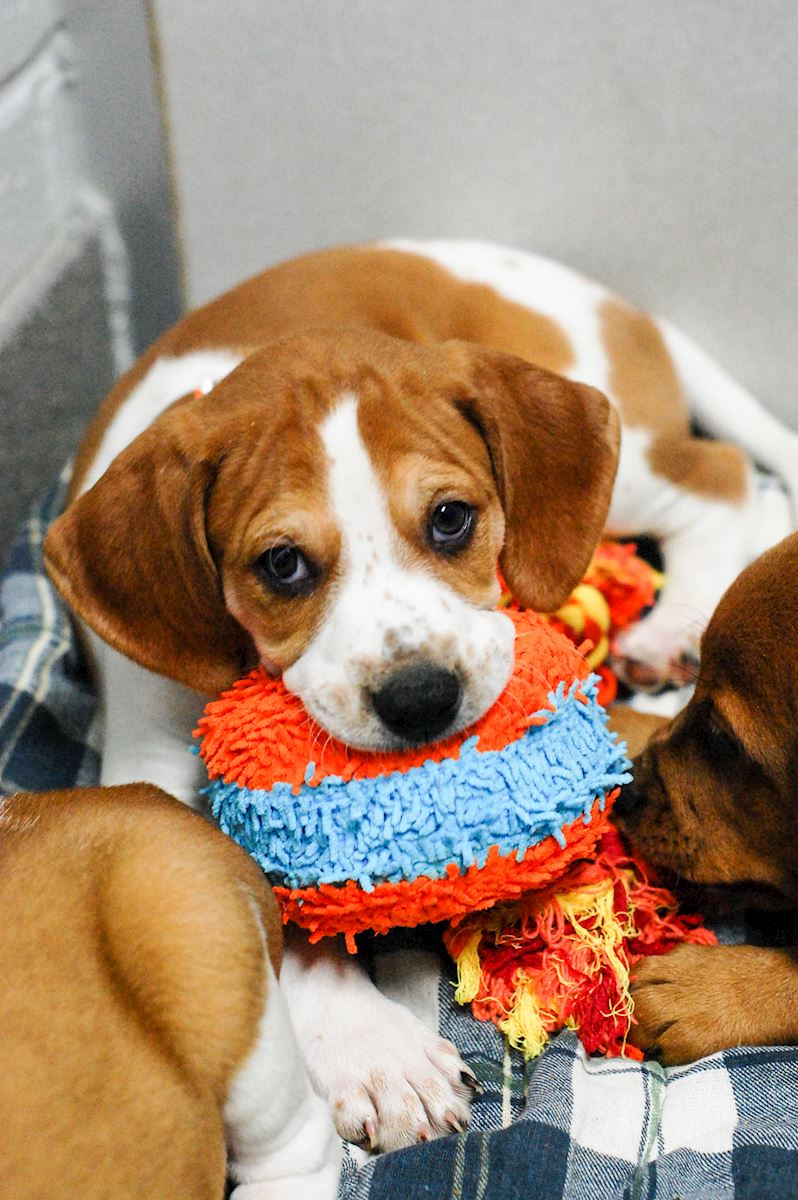posted
on Wednesday, February 10, 2021
in
Pet Help
 Dogs love routines, and many have sure enjoyed having their humans working at home all day for months on end, but you got the call and it’s time to head back to the office. Changes like this can be stressful for dogs, but there are ways to make the transition smoother. Here are some tips from the ARL's behavior experts on how to recognize separation anxiety in dogs and how to best prep your pooch for your new work schedule.
Dogs love routines, and many have sure enjoyed having their humans working at home all day for months on end, but you got the call and it’s time to head back to the office. Changes like this can be stressful for dogs, but there are ways to make the transition smoother. Here are some tips from the ARL's behavior experts on how to recognize separation anxiety in dogs and how to best prep your pooch for your new work schedule.
Separation anxiety affects dogs that are overly attached or dependent on family members. These dogs become extremely anxious when separated from their family and show distress behaviors that may include vocalization, destruction, house-soiling or inactivity. Dogs may experience separation anxiety after a change in family routine, a change of owners, experiencing a traumatic event when they are alone, a move to a new house, or the loss of a family member.
Here are some other signs of stress they may display:
- Excessive panting
- Excessive pacing
- Hypersalivation
- Frantic reaction when you return home
Canine communication is important to know! Read more about how to interpret what your dog is saying to you.
Reducing separation anxiety centers on reducing any anxiety your dog might have. That includes anxiety prior to your departure, at the time of your departure, and at the time of your return. In addition, your dog will need help learning to accept progressively longer periods of inattention and separation while you are at home.
Here are our top tips and tricks for reducing anxiety:
Every dog is different, and so every solution will be too! You know your dog best and what they are motivated by, and that knowledge will help keep them at their happiest and healthiest when you return to work. Sometimes cases are more severe, and you may need to contact a professional to assist with reducing your dog’s separation anxiety.
It’s time to be concerned if your dog is consistently showing these behaviors:
- Scratching at doors
- Prompting noise complaints from neighbors
- Breaking out of their kennel
- Experiencing broken skin or teeth
- Consistently barking or whining for long periods (more than just 5-10 minutes)
- Having difficulty settling when left alone over long periods (more than just 5-10 minutes)
Changes can be difficult for anyone, human or canine! Using these tips and tricks can help you navigate stressful changes for your dog and help them feel more secure, not just during times of change but every day of the year.